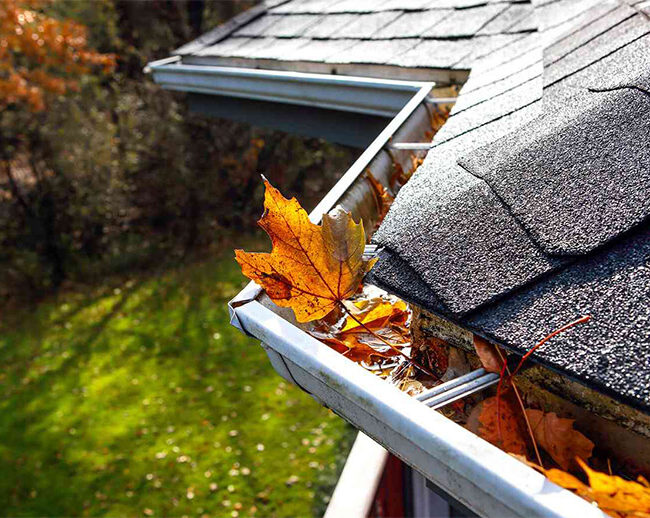Address
126 Maple Ave, Wallington, NJ 07057, USA
Work Hour
Open 24h



Gutter cleaning is a maintenance task that involves removing debris such as leaves, twigs, and sediment from gutter channels. This process is crucial for ensuring that gutters function properly by allowing rainwater to flow freely through the gutter system and downspouts, preventing water from overflowing and causing damage to the building’s foundation, landscaping, and exterior surfaces. Regular gutter cleaning is recommended, especially after fall and before heavy rain seasons, to prevent blockages and minimize the risk of water damage and potential costly repairs. This maintenance helps maintain the longevity and effectiveness of the gutter system.
Gutter cleaning is an essential maintenance task that involves the removal of debris, such as leaves, twigs, dirt, and sediment, from the gutters and downspouts of a building. This process is critical to ensure the efficient operation of the gutter system, facilitating proper rainwater drainage and preventing potential damage to the building’s structure and foundation.
Over time, gutters can become clogged with natural debris, which can lead to water overflow during rainstorms. This overflow can cause water to pool around the foundation, potentially leading to water damage, basement flooding, and erosion around the property. Additionally, clogged gutters can lead to ice dams in colder climates, which further damage the roof and gutter system. Regular cleaning helps prevent these issues, maintaining the integrity of the gutter system and the safety of the home.
Safety Precautions: Safety is paramount when cleaning gutters. This typically involves using a sturdy ladder, wearing gloves for hand protection, and possibly eye protection to prevent injuries from flying debris.
Removing Debris: Using a gutter scoop, small garden trowel, or by hand (with gloves), the debris is carefully removed from the gutters. This is usually done from a ladder, although for some homes, it may be accessible from the roof.
Flushing Gutters and Downspouts: After the debris is removed, the gutters are flushed with water using a garden hose. This helps to remove any remaining particles and checks for proper flow. The downspouts are also flushed to ensure they are not clogged.
Checking for Maintenance Issues: While cleaning, it’s a good opportunity to check for signs of wear and damage, such as rust, holes, or separations in the gutters and downspouts. Any issues should be noted for repair.
Inspecting and Tightening Fasteners: It’s also important to check that all gutter hangers and brackets are securely fastened. Loose parts should be tightened to ensure the gutters are stable and secure.
Final Inspection and Cleanup: A final inspection is conducted to ensure the gutters are completely clean and water flows correctly. The cleanup involves properly disposing of the debris and storing all tools and equipment used.
The frequency of gutter cleaning can vary depending on the environment and location of the building. Generally, it is recommended to clean gutters at least twice a year: once in late spring and again in early fall. Buildings surrounded by tall trees may require more frequent cleanings due to leaves and twigs falling into the gutters.
By maintaining a regular gutter cleaning schedule, homeowners can significantly reduce the risk of water damage and extend the life of their gutter system. It is an inexpensive preventive measure that can save considerable costs and hassles in the long term.
